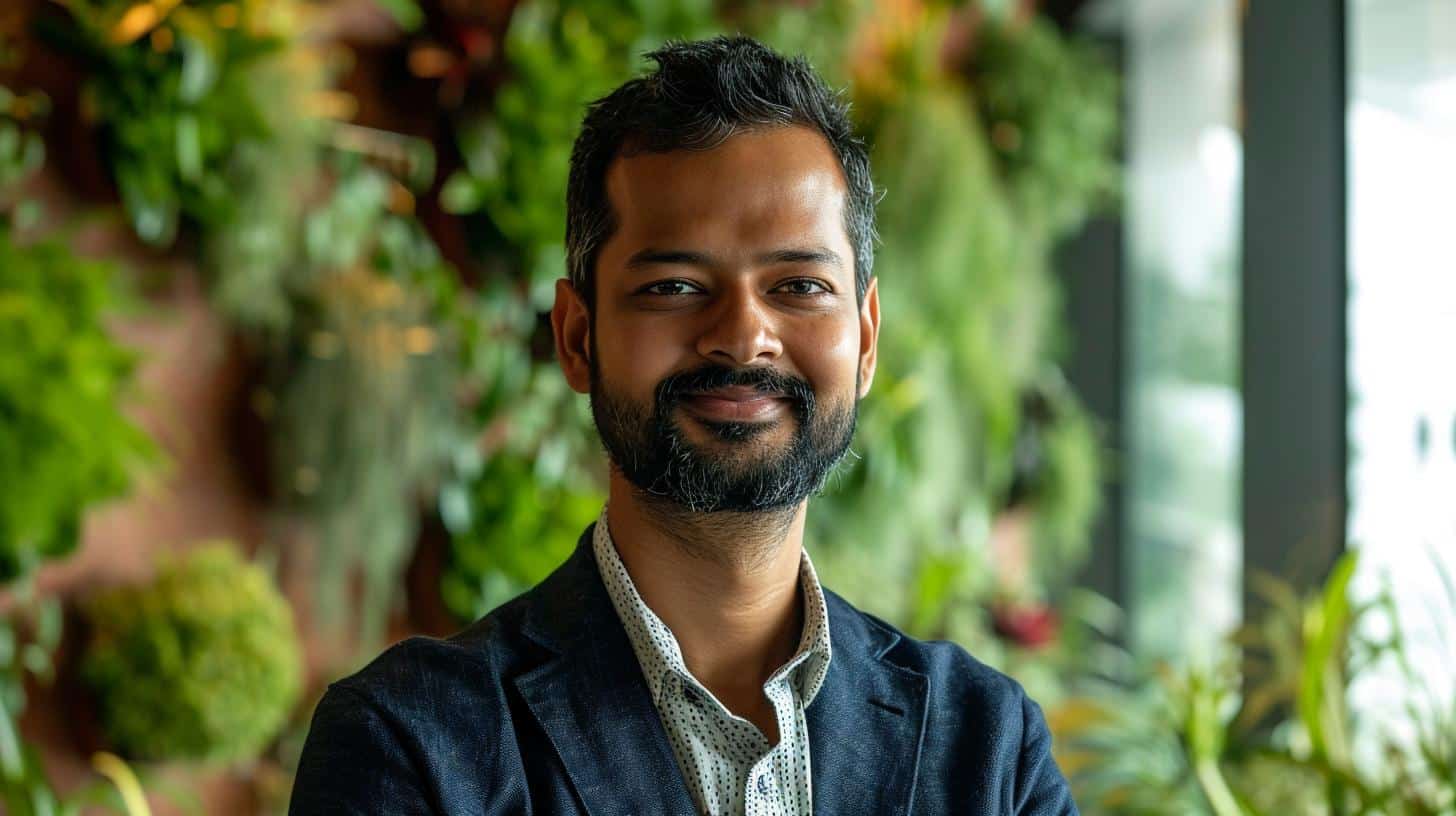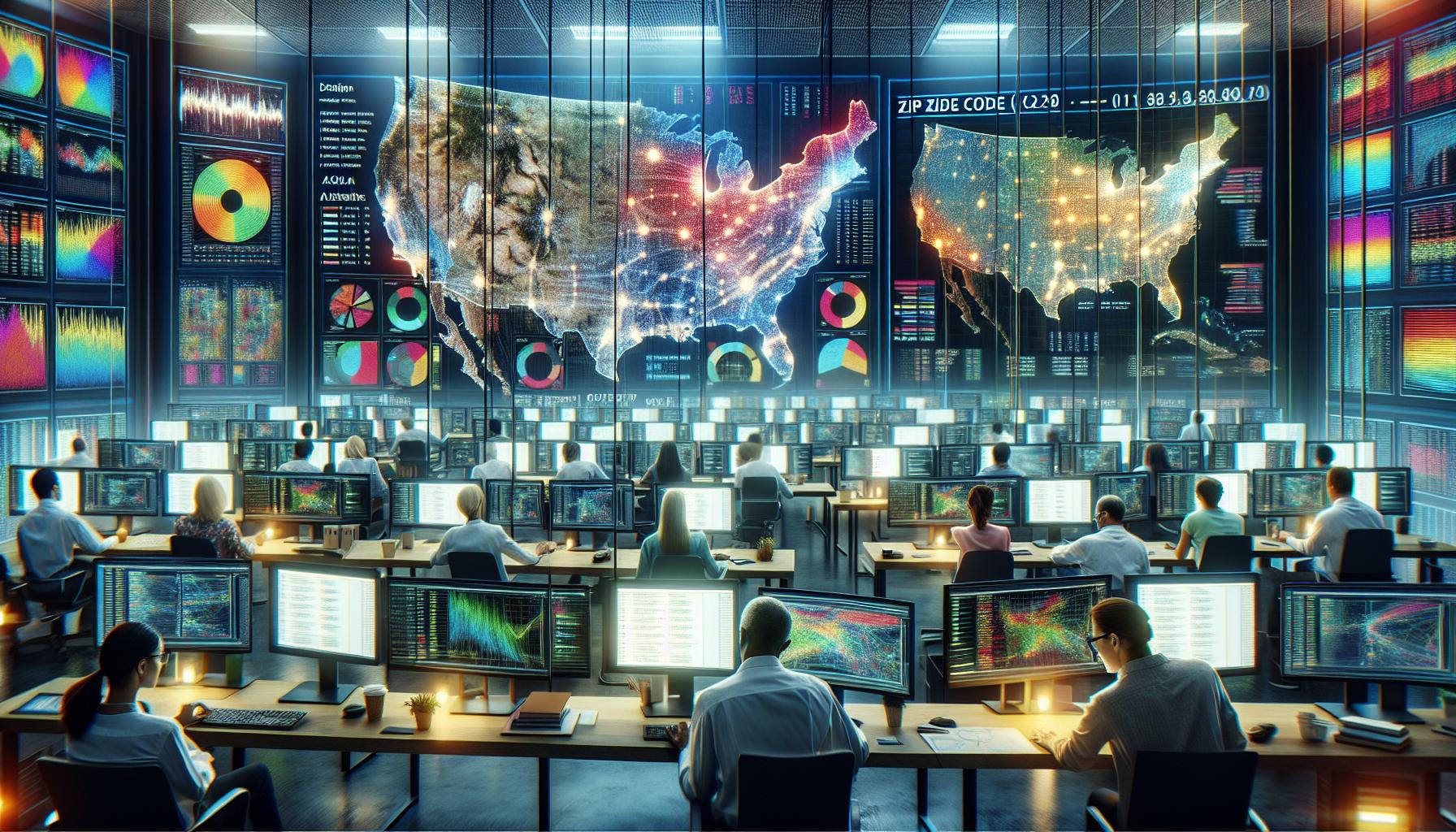Silicon Valley Tensions Surface Over AI Safety Advocacy
This week, prominent Silicon Valley figures including White House AI & Crypto Czar David Sacks and OpenAI Chief Strategy Officer Jason Kwon sparked controversy by publicly questioning the motives of AI safety advocates. Both suggested that some organizations promoting AI safety may be driven by self-interest or influenced by powerful backers rather than genuine concern for public welfare. AI safety groups interviewed by TechCrunch described these allegations as part of an ongoing pattern of intimidation by industry leaders towards critics. The tensions reveal a widening rift within the AI ecosystem between rapid product development and the push for responsible governance.
Accusations of Regulatory Capture Against Anthropic
David Sacks publicly accused Anthropic, a leading AI lab known for its cautionary stance on AI risks, of leveraging fearmongering to promote regulations that serve its own commercial interests. Anthropic was notably the sole major AI company to endorse California’s Senate Bill 53 (SB 53), which imposes safety reporting requirements on large AI firms and was recently enacted into law.
“Anthropic is running a sophisticated regulatory capture strategy based on fear-mongering. It is principally responsible for the state regulatory frenzy that is damaging the startup ecosystem.” — David Sacks
Sacks argued that Anthropic’s approach risks stifling innovation by burdening smaller startups with excessive compliance costs. However, critics note that a truly sophisticated strategy would likely avoid antagonizing the federal government, highlighting a potential misstep in Anthropic’s tactics.
OpenAI’s Legal Actions Against AI Safety Nonprofits
In a related development, OpenAI’s Chief Strategy Officer Jason Kwon revealed the company’s decision to issue subpoenas to several AI safety nonprofits, including Encode, which advocates for responsible AI policy. These subpoenas demand documents and communications concerning OpenAI’s critics and opponents such as Elon Musk and Meta CEO Mark Zuckerberg. The legal actions follow Elon Musk’s lawsuit against OpenAI, which alleges the company has deviated from its nonprofit origins. Encode and other nonprofits publicly supported Musk’s legal challenge and opposed OpenAI’s restructuring, prompting the company to question potential coordination and funding sources behind these groups.
“There’s quite a lot more to the story than this… We are actively defending against Elon in a lawsuit where he is trying to damage OpenAI for his own financial benefit.” — Jason Kwon
OpenAI’s head of mission alignment, Joshua Achiam, expressed unease about the subpoenas internally, highlighting internal divisions within the company between its research and policy teams regarding regulation and transparency.
Internal and Industry Divisions Over AI Regulation
Sources indicate a growing split at OpenAI between its research division, which openly acknowledges AI risks, and its government affairs team, which has lobbied against state-level regulations like SB 53 in favor of uniform federal standards. Other AI safety leaders argue that OpenAI’s aggressive legal posture aims to silence critics and deter nonprofit advocacy. Brendan Steinhauser, CEO of the Alliance for Secure AI, described the company’s actions as intimidation tactics rather than legitimate concerns about coordination.
“This is meant to silence critics, to intimidate them, and to dissuade other nonprofits from doing the same.” — Brendan Steinhauser, CEO, Alliance for Secure AI
Meanwhile, White House AI policy advisor Sriram Krishnan urged safety advocates to engage more directly with everyday AI users, emphasizing the need to address practical concerns rather than focusing solely on catastrophic risks.
Balancing Public Concerns and AI Industry Expansion
Recent studies reveal that while Americans express significant concern about AI, their primary worries center on job displacement and misinformation rather than existential threats. This divergence highlights a challenge for the AI safety movement, which largely focuses on preventing catastrophic outcomes. The AI industry’s rapid growth and its substantial economic impact have fostered apprehension about over-regulation. Nonetheless, the increasing momentum behind AI safety initiatives suggests that regulatory scrutiny will intensify as 2026 approaches. Silicon Valley’s efforts to counteract safety advocates may ultimately reflect the growing influence and effectiveness of these groups in shaping AI’s future.
FinOracleAI — Market View
The escalating conflict between Silicon Valley’s leading AI firms and safety advocates underscores a critical juncture for AI governance. As regulatory frameworks begin to take shape, companies face a complex trade-off between innovation speed and responsible oversight.
- Opportunities: Regulatory clarity could foster safer AI deployment, enhancing public trust and long-term industry sustainability.
- Risks: Legal confrontations and accusations of intimidation could damage reputations and stifle constructive policy dialogue.
- Fragmentation within AI companies may complicate unified responses to regulation and public concerns.
- Growing public scrutiny and legislative action may slow AI development but promote ethical standards.
Impact: The interplay between AI innovation and safety advocacy is set to shape the regulatory landscape, influencing investment, public perception, and the strategic direction of leading AI companies moving forward.













